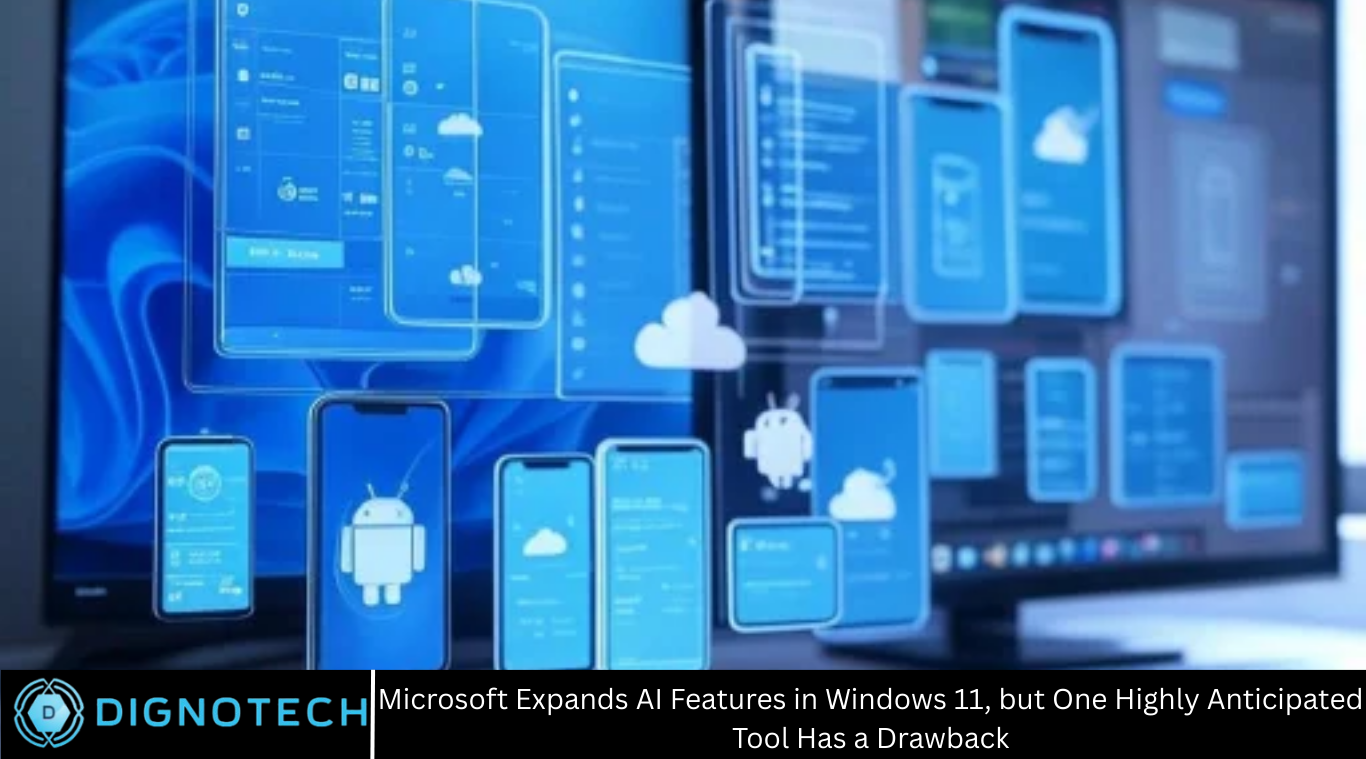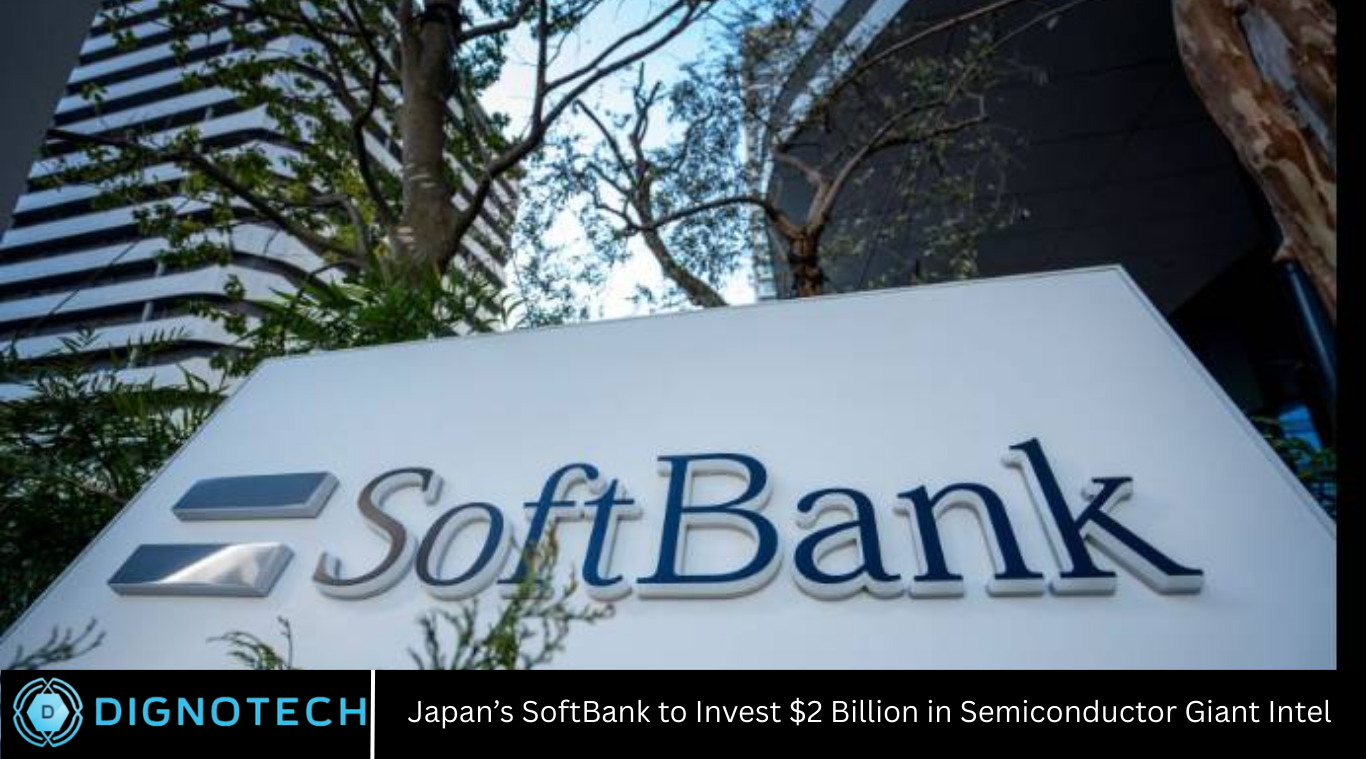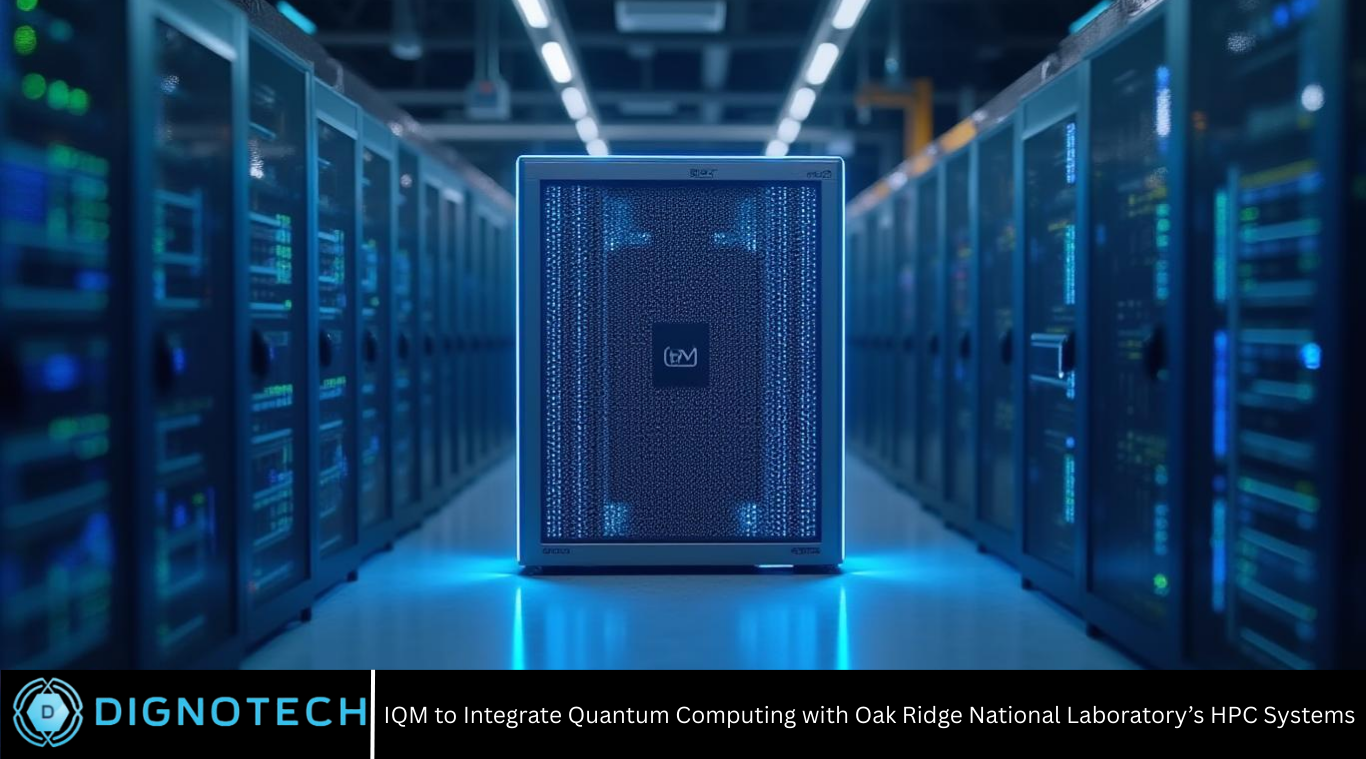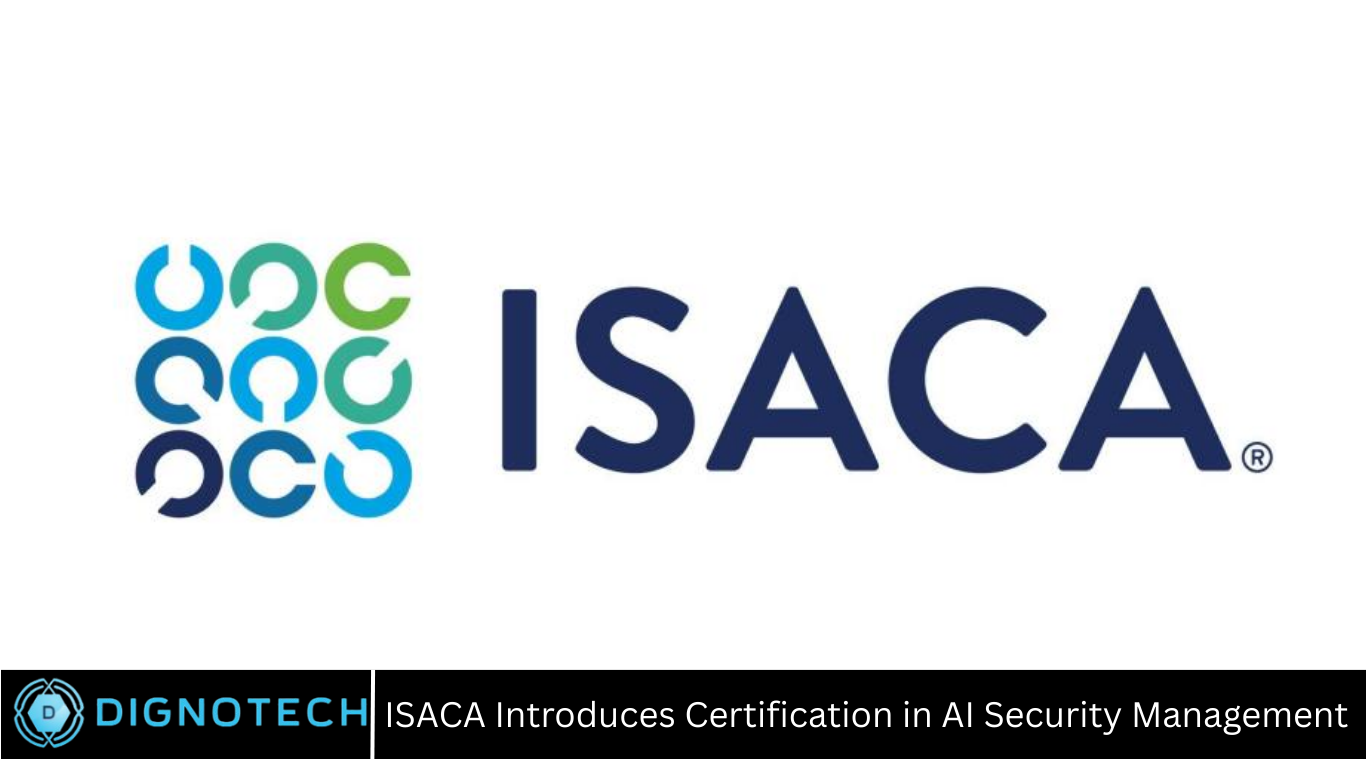Microsoft Expands AI Features in Windows 11, but One Highly Anticipated Tool Has a Drawback

Microsoft’s integration of artificial intelligence into Windows 11 is more than just a tech update—it represents a bold step toward reimagining how users interact with their computers. The company’s recent expansion of AI features showcases its vision for a smarter, more intuitive computing experience. But amid the innovation, one new feature—Recall—has sparked widespread controversy.
In this in-depth article, we explore the key AI enhancements coming to Windows 11, what they mean for everyday users, and why Recall, despite its potential, is raising serious concerns.
The Next Generation of Windows: Now AI-Powered
Windows 11 is no longer just a polished version of its predecessor—it’s quickly becoming a hub for intelligent computing. Microsoft is embedding AI deeply into the operating system, making tasks faster, interactions more natural, and productivity more seamless.
Some of the most impactful changes include:
Smarter Search and File Management
With natural language search powered by AI, users can now type commands like “Find the presentation I was working on last Tuesday” instead of remembering exact file names or locations. The system uses context to locate files, saving time and improving workflow.
AI-Enhanced User Interface
Windows 11 introduces a new Copilot interface—an integrated AI assistant available directly from the taskbar. This assistant can answer questions, execute commands, summarize content, and offer recommendations based on what’s on your screen.
AI in Everyday Apps
Apps like Photos, Paint, and Snipping Tool now come with intelligent features:
- Photos lets users relight faces and remove backgrounds using AI.
- Paint includes an AI image generator that creates art from text prompts.
- Snipping Tool has intelligent suggestions that can extract text, redact sensitive content, or translate captured content instantly.
AI-Powered Personalization
The operating system can now learn user habits and adjust settings or offer shortcuts accordingly. It may suggest turning on focus mode before meetings, rearrange windows for multitasking, or even adjust brightness and sound based on environment and activity.
Improved Accessibility and Guidance
Microsoft has added AI agents to assist users within Settings. Users can now ask, “How do I increase my cursor size?” or “Turn on night mode,” and receive direct assistance. These conversational AI agents help users navigate the OS without digging through menus.
A Major Leap: Introducing the ‘Recall’ Feature
Among all the new AI enhancements, one feature stands out for its innovation—and its controversy.
What is Recall?
Recall is an AI-powered feature that automatically captures snapshots of your screen throughout the day. These snapshots are stored locally on your device and indexed into a timeline that users can search or scroll through. It’s designed to act like a digital memory, helping you “recall” anything you did—even if you forgot when or where it happened.
This means if you saw a recipe earlier in the day, you could ask Recall to show it again. If you had a Zoom call and needed to reference what was on screen, Recall can find it. The idea is to remove the friction of memory gaps.
The Promise and Power of Recall
Recall is intended to revolutionize productivity.
How It Works
- The system takes periodic screenshots (every few seconds) of your activity.
- These images are processed with optical character recognition (OCR) and other AI tools to understand content.
- The data is then indexed so users can search using natural language, like “Show me the email from Jane about the project budget.”
Key Benefits
- No More Lost Work: Recall allows you to find anything you’ve seen, even if you didn’t save it.
- Seamless Multitasking: You can switch tasks without worrying about losing context.
- Improved Recall: If you read a news article yesterday or looked at a product online, you can retrieve that visual content quickly.
- Accessibility Boost: Users with cognitive or memory-related challenges could find this tool especially helpful.
The Problem: Privacy and Security Concerns
As groundbreaking as Recall is, it has not been met with universal praise. In fact, it has become one of the most debated features of Windows 11’s new AI arsenal.
Initial Backlash
When Recall was first announced, it was met with fierce criticism from users, privacy advocates, and security experts. The concern? Recording what’s on your screen every few seconds could result in sensitive or personal information being stored—banking data, medical records, passwords, or confidential work documents.
Initially, Recall was:
- Enabled by default
- Not encrypted
- Stored locally without strict access controls
This combination raised red flags, leading many to label it as a privacy disaster waiting to happen.
Microsoft’s Response and Adjustments
To its credit, Microsoft responded swiftly to the criticism. After halting the feature’s rollout temporarily, they reintroduced Recall with a set of security enhancements.
Security Updates
- Opt-in Only: Recall is now disabled by default. Users must actively choose to turn it on.
- Secure Access: Viewing Recall requires biometric authentication via Windows Hello (face, fingerprint, or PIN).
- Data Encryption: All Recall data is encrypted and stored in a secure area of the device’s memory.
- Exclusion Tools: Users can prevent Recall from recording certain applications or browser tabs.
- InPrivate Respect: Content viewed in InPrivate or Incognito modes is automatically excluded.
These changes have calmed some of the outcry but not all. The fundamental issue—capturing everything on your screen—is still uncomfortable for many.
The Continuing Debate
Even with Microsoft’s adjustments, skepticism remains. Critics argue that:
- Potential for Abuse Exists: In the wrong hands, such as through malware or a physical breach, Recall’s data could be exploited.
- User Understanding is Limited: Many users may not fully grasp what Recall is doing in the background.
- Risk vs. Reward: The convenience Recall offers may not justify the risks, particularly for professionals handling sensitive data.
There are also legal concerns. In industries with strict data compliance regulations—like healthcare, finance, or legal—having continuous screen capture might violate internal or governmental data handling rules.
The Bigger Picture: AI in Windows 11
Recall may be controversial, but it represents a larger shift in Microsoft’s AI strategy. The company is betting big on local AI processing, meaning much of the AI work happens directly on your device without needing cloud access. This is made possible by a new class of hardware: Copilot+ PCs.
What Are Copilot+ PCs?
These are high-performance laptops and desktops built with Neural Processing Units (NPUs), specialized chips designed to accelerate AI workloads. They’re built for AI-first features like Recall, advanced photo editing, and on-device voice transcription.
With Copilot+ PCs, users get:
- Faster AI responses
- Improved privacy (data stays on-device)
- Lower power usage during AI tasks
- Enhanced performance for creative and productivity apps
Challenges Microsoft Must Overcome
Despite its advancements, Microsoft faces several hurdles:
Hardware Fragmentation
Only newer devices have the NPUs necessary to run these features. That means millions of existing Windows 11 users are left out unless they upgrade.
User Education
Features like Recall are complex. Without proper education and transparency, users may unknowingly compromise their privacy or miss out on the benefits.
Public Trust
Microsoft needs to rebuild and maintain trust around features like Recall. Clear settings, accessible controls, and consistent messaging are essential.
Third-Party Support
For AI to work across apps, developers must integrate with these systems. Microsoft must make that easy and appealing.
A Look Ahead: The Future of Windows AI
Microsoft is planning even more AI-driven innovations, including:
- Proactive Copilot Agents: Assistants that suggest actions before you even ask.
- Voice-Centric Control: Entire system interactions by voice, powered by AI.
- Context-Aware UI: Interface elements that shift based on what you’re doing.
Windows is becoming more than just an operating system—it’s evolving into a platform for intelligent computing.
Frequently Asked Questions
What is Recall in Windows 11?
Recall is an AI feature that takes snapshots of your screen at regular intervals and lets you search through your past activity using natural language. It’s designed to help users “recall” past actions, files, or information viewed on their devices.
Is Recall always running in the background?
No. Recall is disabled by default and must be turned on manually. When enabled, it runs in the background and periodically captures screen content, but it respects exclusions and secure modes like InPrivate browsing.
Can Recall capture sensitive information like passwords or banking details?
Yes, potentially. Since Recall captures screenshots of everything on screen, it could include sensitive data. However, Microsoft now allows users to exclude specific apps and websites, and all data is encrypted and stored securely.
Is Recall data stored in the cloud?
No. Recall operates entirely on-device. The snapshots it takes are saved locally and are not uploaded to the cloud or Microsoft servers, offering enhanced privacy and control.
Can I delete or disable Recall after turning it on?
Yes. Users can delete individual snapshots, clear their entire Recall history, or disable the feature entirely at any time through system settings.
Do I need a special computer to use Recall?
Yes. Recall and several other AI features require a Copilot+ PC—hardware with a built-in Neural Processing Unit (NPU). Older Windows 11 devices without an NPU will not support Recall.
Is Recall safe to use?
Recall has gone through significant security upgrades. It now uses encryption, biometric authentication, secure storage, and opt-in controls. However, users should still exercise caution and consider whether the benefits outweigh the risks for their particular use case.
Conclusion
Windows 11’s AI transformation is undeniably impressive. Microsoft is building an operating system that doesn’t just respond—it understands, anticipates, and assists. From file search to creative tools to full-on memory augmentation with Recall, the system is becoming a true digital partner.Yet with great power comes great responsibility. Features like Recall push the boundaries of user assistance—but also of privacy. Microsoft’s efforts to listen to feedback and revise its approach are encouraging, but the road ahead will demand continued transparency, security diligence, and user empowerment.




